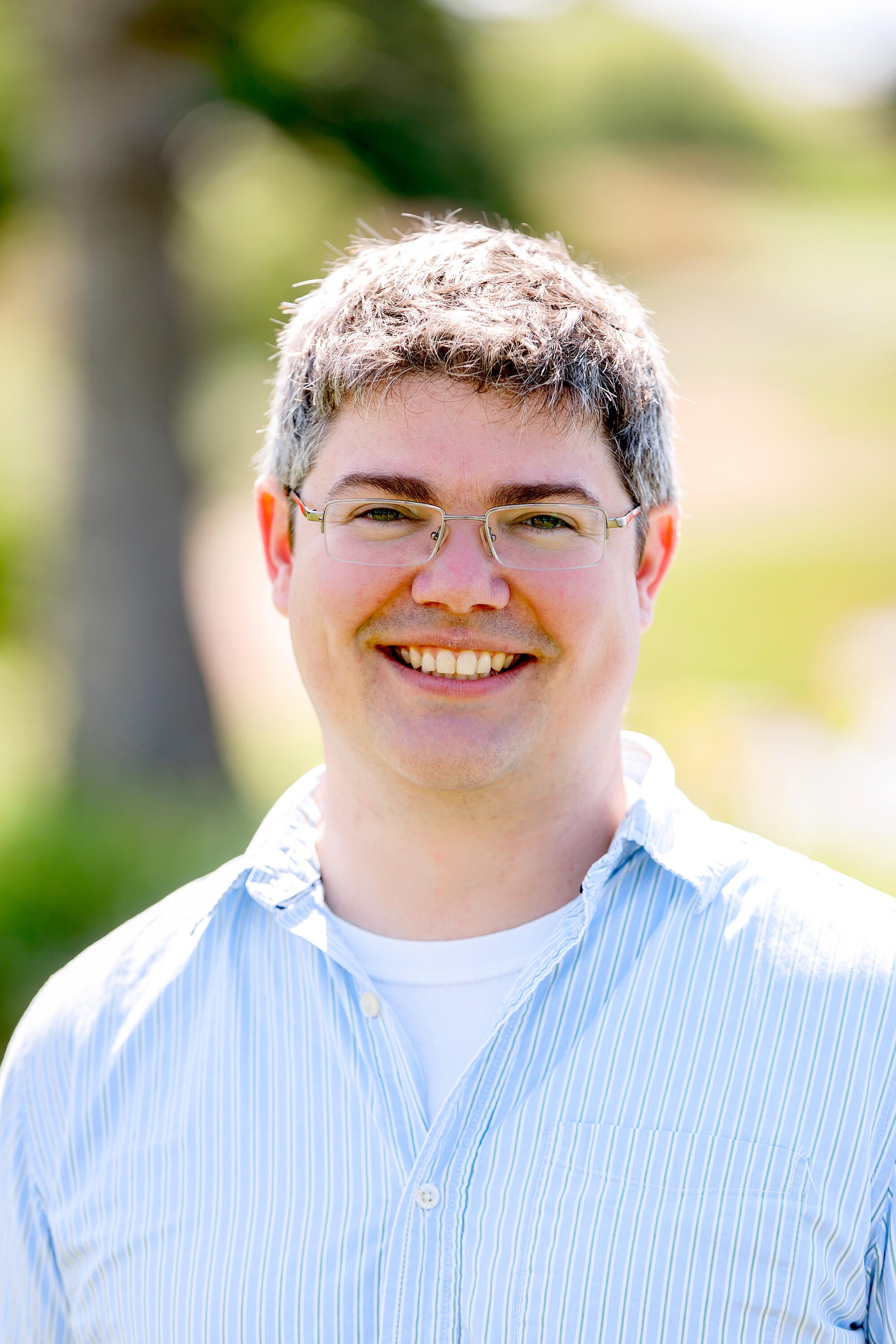
His research focuses on the co-evolution of massive galaxies and their super-massive black holes in the rich cluster environment. This research involves the discovery and study of the most distant assemblies of galaxies alongside detailed analyses of the complex interplay between gas, galaxies, and blackholes in the closest, most massive systems. He uses of a wide variety of ground- and space-based observatories, including (but not limited to) the Hubble and Chandra space telescopes, and the Magellan and ALMA telescopes located in Chile. For more information on this research program, see here.
Michael was closely involved with the development of the Maryland-Magellan Tunable Filter on the Magellan Baade telescope, and is a member of the South Pole Telescope and the Athena, Lynx, STAR-X, and STROBE-X collaborations, as well as the National Academy of Sciences Entertainment Exchange.
Michael's talk title and abstract:
Galaxy Cluster Evolution over the Past 10 Billion Years
In recent years, the number of known galaxy clusters at high redshift has grown dramatically thanks in large part to the success of surveys utilizing the Sunyaev Zel'dovich effect. In particular, surveys carried out by the South Pole Telescope have facilitated the discovery of more than a thousand new clusters, allowing us to trace, for the first time, the evolution of clusters from shortly after their collapse (z~2) to present day (z~0). In this talk, I will highlight recent efforts by our group to understand the observed evolution in the most massive clusters, including: the enrichment history of the intracluster medium, the merging history of clusters, the cooling and formation of cool cores, the growth of central cluster galaxies, and the evolution of the central radio-loud AGN. In addition, I will attempt to summarize the current state of ongoing and planned SPT surveys, and the synergies with current and future observatories.
Would you like to join this Zoom seminar? Please email Donna Hayes.